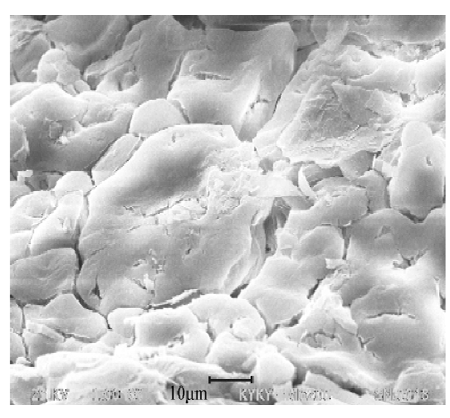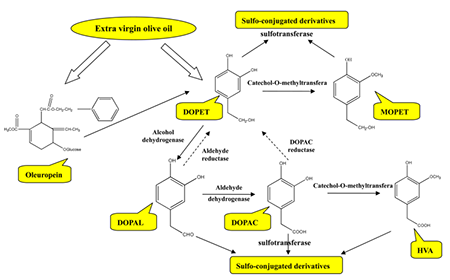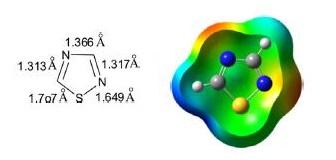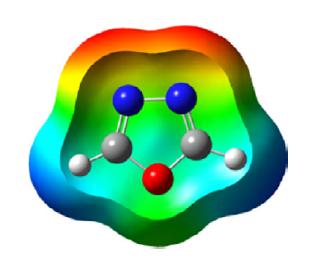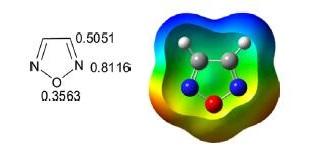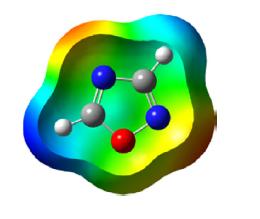Active Pharmaceutical Ingredients (API), popularly speaking, are the raw materials of medicines, only pharmaceutical raw materials are processed into pharmaceutical preparations , can they become medicines available for clinical use, so drugs we usually eat are the finished drugs through processing. Active Pharmaceutical Ingredients based on its sources can be divided into two major categories ,including chemical synthetic drugs and natural chemical drugs. Chemical synthetic drugs can be divided into organic synthetic drugs and inorganic synthetic drugs. Inorganic synthetic drugs are inorganic compounds ( very few is element), such as aluminum hydroxide, magnesium trisilicate which are used for the treatment of gastric and duodenal ulcers ; organic synthetic drugs are mainly composed of drugs made by basic organic chemical raw materials, through a series of organic chemical reactions (such as aspirin, chloramphenicol, caffeine, etc.). Natural chemical drugs ,based on its sources,can be divided into two categories including biochemical drugs and plant chemical drugs. Antibiotics are generally made by the microbial fermentation, which belongs to the biochemistry category. A variety of semi-synthetic antibiotics occurs in recent years,which are biosynthesis and chemical synthesis combining products.Among active Pharmaceutical Ingredients, the organic synthetic drugs varieties, yields and values have the largest proportion,which are the main pillars of the chemical and pharmaceutical industries. The quality of active Pharmaceutical Ingredients decides whether the formulation is good or bad , so its quality standards are very strict ,countries in the world have developed national pharmacopoeia standards and strict quality control methods for its widely used active Pharmaceutical ingredients.
The review of sodium acetate trihydrate
Sodium acetate trihydrate is a promising heat storage material (m.p:58°C, heat of fusion, AHf~s:252 kJ/ kg (60.3 cal/g)
Jan 28,2022 APIThe performance of diphenylphosphoryl azide
Diphenylphosphoryl azide, originally developed by Yamada in 1972, has shown significant synthetic versatility, being used in isocyanate synthesis.
Jan 28,2022 APIThe review of hydroxytyrosol
Hydroxytyrosol and its derivatives possess antioxidant, antimicrobial, and anti-inflammatory activities and beneficial effects on the cardiovascular system by preventing oxidative stress situations.
Jan 28,2022 APIThe review of Cesium carbonate
Cesium carbonate has also found much use in solid supported synthesis, where solubility can be of importance.
Jan 28,2022 APIChemical Reactivity of 1,2,4-Thiadiazole
1,2,4-thiadiazole is a π-excessive heterocycle the electron density at both carbon atoms C3 and C5 is low but lowest at C5 due to the presence of two pyridine-like nitrogen atoms.
Jan 26,2022 APIProperties and Synthesis of 1,2,3-Thiadiazole
1,2,3-Thiadiazoles have broader applications as insecticide synergists, cross-linked polymer compounds, and herbicides.
Jan 26,2022 APISide effects of Temozolomide (TMZ)
Temozolomide is used to treat certain types of brain tumors. Temozolomide is in a class of medications called alkylating agents. It works by slowing or stopping the growth of cancer cells in your body
Jan 26,2022 APIApplications of 1,3,4-Oxadiazole
Electrophilic substitution to 1,3,4-oxadiazole is unusual because electron density at the C2-and C5-positions is low. Electrophilic substitution is facile in aryl group present as substituent in lieu
Jan 25,2022 APIApplications of 1,2,5-Oxadiazole
1,2,5-Oxadiazole is a five-membered, heteroaromatic, planar heterocycle comprised of one oxygen atom with two vicinal nitrogen atoms (N-O-N) and two carbon atoms at the 3- and 4-positions of the ring.
Jan 25,2022 APIChemical Reactivity of 1,2,4-Oxadiazole
1,2,4-Oxadiazole is a five-membered, planar, conjugated, nonbenzonoid, aromatic heterocyclic system comprised of one oxygen atom and two nitrogen atoms at positions 2 and 4 of the oxadiazole ring.
Jan 25,2022 API



